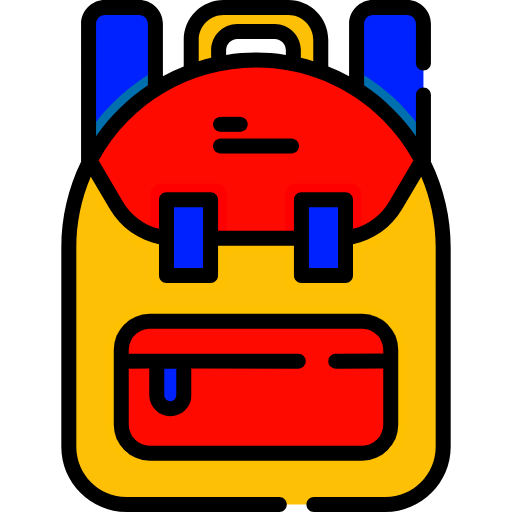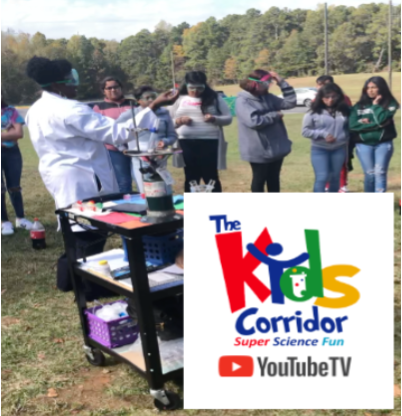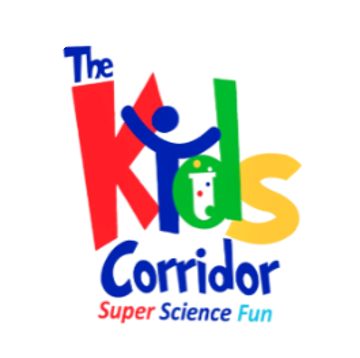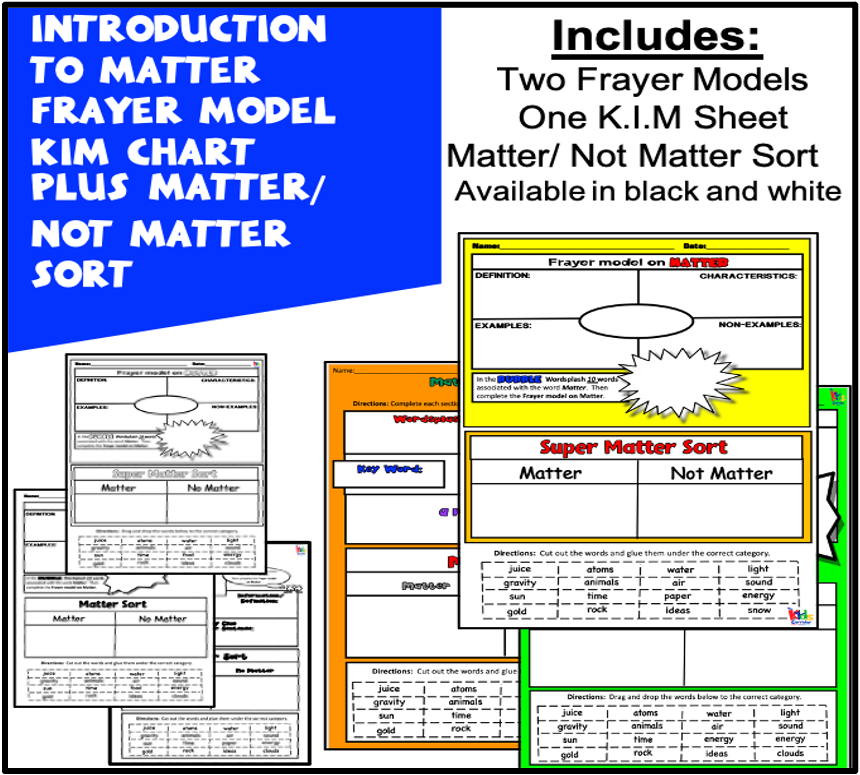Virtual Expectations Made Simple
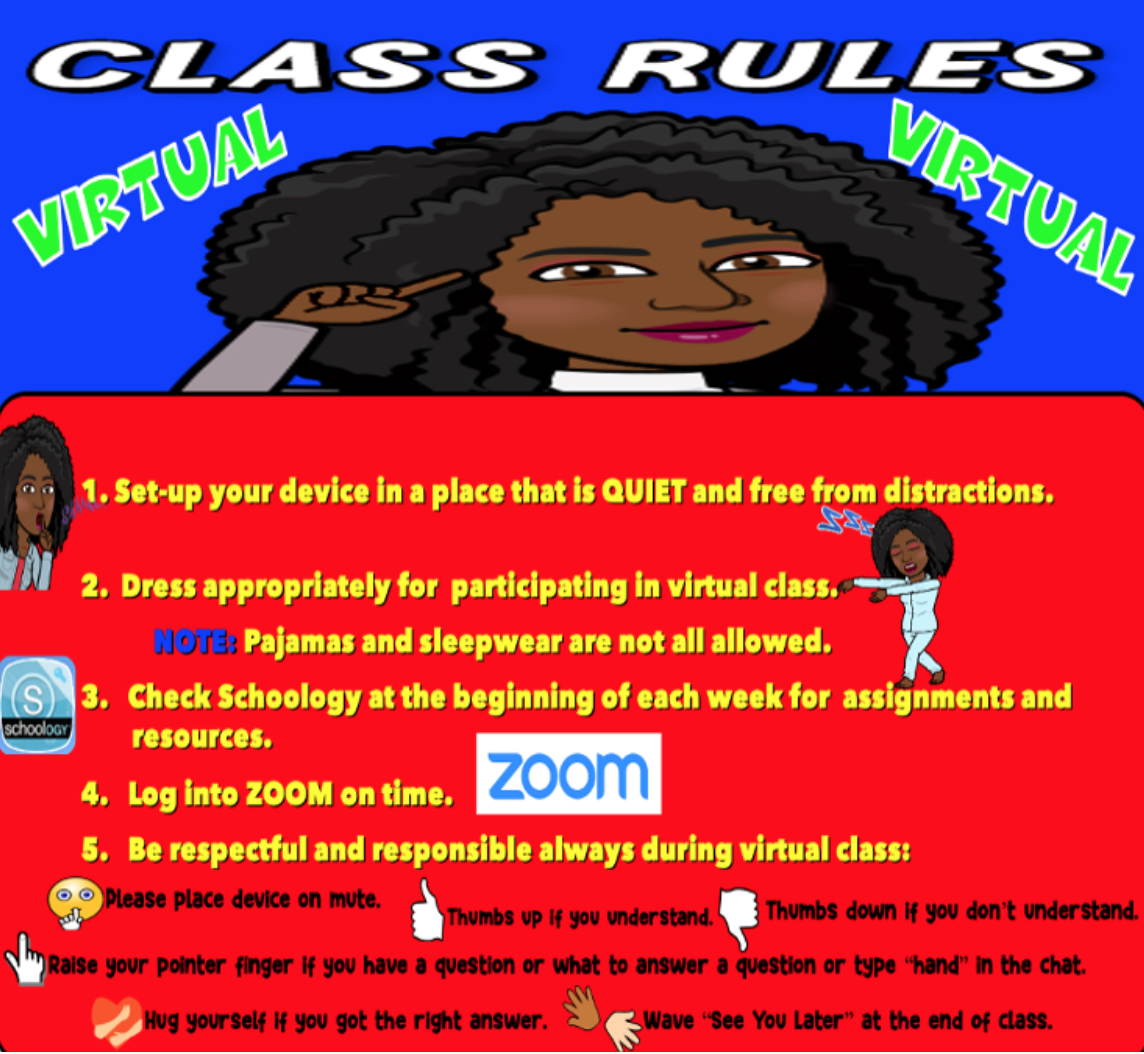
In this new online world of learning for many students, the best practices are to KEEP IT SIMPLE and think about the Social Emotional Learning of your students! For me, teaching middle schoolers- 8th grade can be challenging enough without complicating things. I developed some simple virtual classroom expectations and HAND signals we can adhere to for my students throughout our learning journey. Also, I asked my students to vote on at least one class expectation/rule they would like to implement for the good of the group.
Here are my general VIRTUAL Classroom Expectations:
1. Set up your device in a quiet place free from distractions.

Students should avoid places that have background noise, digital programs, and devices that will allow students to fidget around during class. For example, students should not sit in rooms where the television is playing in the background. Students should make sure their background is appropriate. For example, be aware of pictures and posters that are deemed inappropriate in a school setting. Students should not be engaging in conversations via social media. The teacher should allow students an opportunity to make sure their learning environment is quiet and free from distractions. Ask students to move objects that could become a distraction such as toys, cell phones, and iPads. Students may also be reminded to use headphones if available to them. Once the teacher has redirected the students and reminded them of the classroom expectations; ask them to give a “THUMBS UP” if they are ready or type “READY” in the Zoom chat.
2. Dress appropriately for participating in a virtual class.
Students should not wear pajamas to the virtual class. A best practice is for students to dress like they are attending school face-to-face. If students are unwilling to dress like they are going to school in person, at least ask them to put on a nice top, brush their teeth and hair, and wash their faces. Also, specific headgear may be discouraged in the virtual class setting.
3. Check your learning platform at the beginning of each week for assignments and resources.
There are several learning platforms for students such as Schoology, Google Classroom, Canvas, and Seesaw. The learning platform the students use is primarily determined by the students’ school district. Students should check their assigned learning platform at the beginning of the week to become familiar with the weekly agenda, which will include assignments and resources. Students should check the learning platform each day as they complete weekly and daily assignments. In the learning platform, students will find teachers’ office hours and contact information.
4. Log into ZOOM on time.
While most virtual classroom meetings may occur on ZOOM, many meetings occur on Google Meet. Regardless of the meeting platform, students should log into virtual class on time. Students are encouraged to log in early. The teacher may have the students wait in the waiting room. The teacher will admit students into the virtual classroom individually or as a group. The teacher is encouraged to give all students a five-minute grace period to report to class. This best practice will keep the teacher from disrupting students by starting and stopping class. Also, this helps prevent unwanted interruptions during class. The teacher should be the first person to enter and the last person to leave the virtual classroom.
5. Be respectful and responsible always during virtual class.
Students should never record 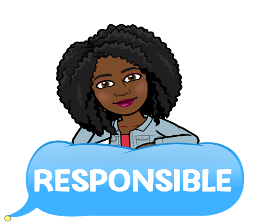 screens during any virtual class meeting. Doing so may result in a loss of privilege in some schools and districts. Students should enter the virtual meeting on mute. This will prevent unwanted classroom distractions or disruptions.
screens during any virtual class meeting. Doing so may result in a loss of privilege in some schools and districts. Students should enter the virtual meeting on mute. This will prevent unwanted classroom distractions or disruptions.
Students should only use the chat for class business. Students should be reminded that the chat is public and can be seen by all class participants. Students should enable video when asked by the teacher. The teacher is strongly encouraged to use the chat so students do not feel pressured to show their faces throughout the entire class.
Using hand signals in the virtual classroom setting can be very effective and FUN. The use of hand signals is a great way to engage students throughout the lesson.
Here are some standard HAND signals used in my virtual classroom.
Here are my general VIRTUAL Classroom Expectations:
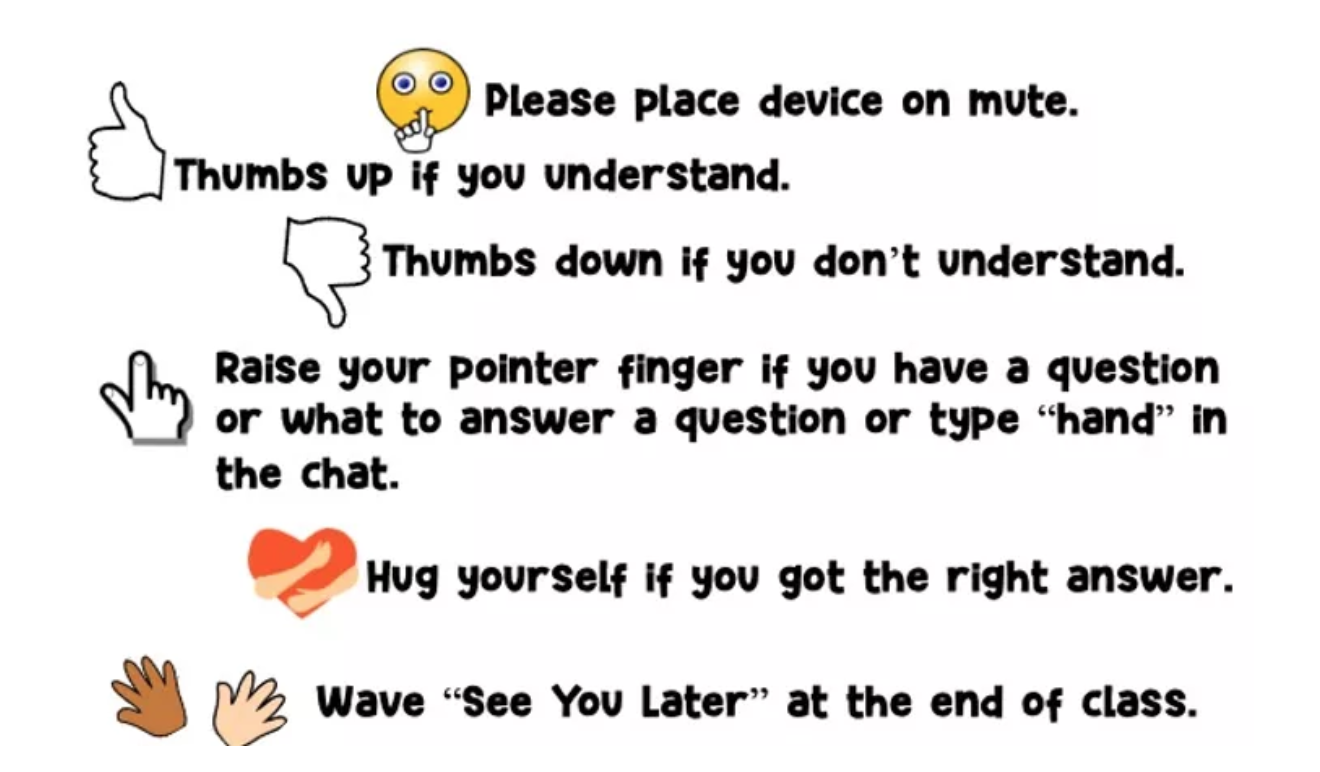
When students’ screens are enabled, I ask my students to use the chat. The hand signals become words or phrases for students to type, such as “mute please”, “thumbs up”, “thumbs down”, “hand”, “hug”, and “see ya later”.

The teacher must set the expectations in any classroom setting. The expectations have to be more clear and more concise in the virtual setting. Those expectations should be revisited at the beginning of every class. The teacher should reinforce these expectations by giving daily reminders and positive narrations. Incentives such as PBIS may be used to reward those students that are exceeding the classroom expectations. Please check out our PBIS Blasting Blind bags and other SUPER cool rewards in our SSF Toy Store.
I like to include my students in setting classroom expectations and give them some VOICE. I allowed them to develop one classroom expectation they felt was important. They agreed that there would be no eating on camera during virtual class this year. We agreed to schedule breaks that could be used as snack times.
I firmly believe the teacher has an immense ability to control the narrative in how well the virtual experience goes. A large part of controlling the narrative includes providing strong classroom behavioral expectations and reinforcing those expectations. By being constant, we are well on our way to having an AWESOME virtual learning experience

Hello,
I'm Tallulakie
Our infinite purpose and passion are to help teachers ignite critical thinking, creativity, and ingenuity, and inspire innovation through STEM and STEAM education, so the minds and lives of children are changed.
Checkout Our Corridor Classroom Services
Let The Kids Corridor Super Science Fun® Guide You By Meeting The Science Academic Needs Of Your Students Through Personalized Coaching, Instructional Planning, Science and STEM Professional Learning, STEM/STEAM Facilitation, and more.
Be Inspire to Teach, Reach, Lead! Be a Game Changer!
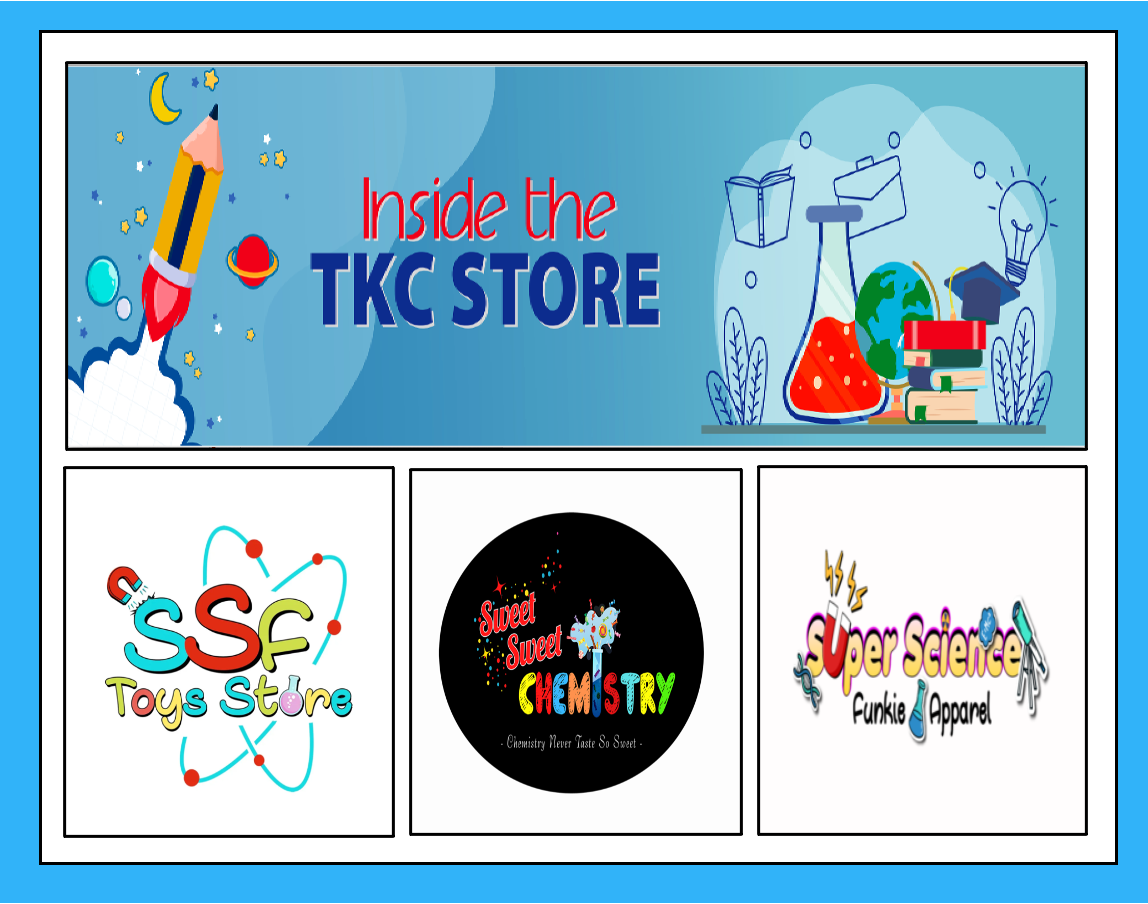
SHOP THE TKC STORE
If you want cool Science toys, kits, and lab supplies for school or home, shop our SSF Toys Store. In our Sweet Sweet Chemistry, find that “PERFECT” sweet treat for that special someone. In the Super Science Junkie Funkie Apparel, you will find “funkie” Science gear for all Science “junkies”. Shop our TKC Store you will be sure to find SUPER SCIENCE FUN merchandise for all learning environments and occasions.

FREE INTRODUCTION TO MATTER GRAPHIC ORGANIZERS
Check out these awesome graphic organizers for free when you click the link below. They are great for opening or closing any lesson.
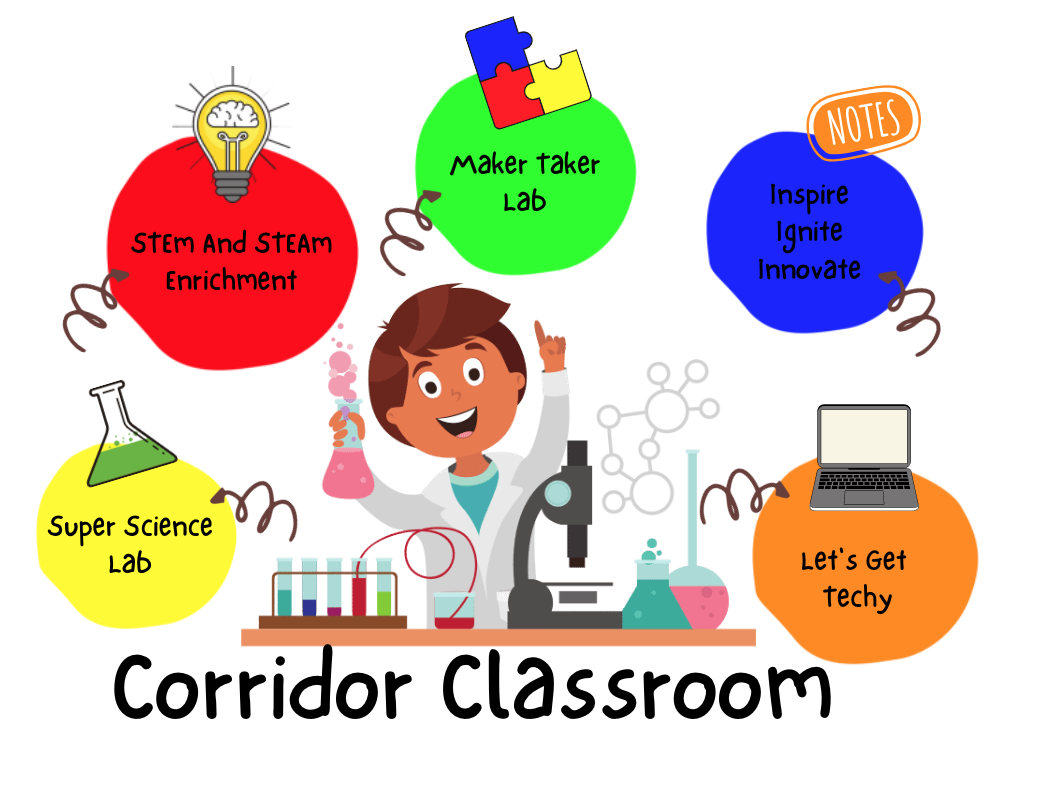
Let's Get STEAMED!
The Kids Corridor STEM and STEAM Enrichment Program
Looking to find engaging, rigorous, and FUN resources checkout of our session in The Kids Corridor STEM and STEAM Enrichment Program.


